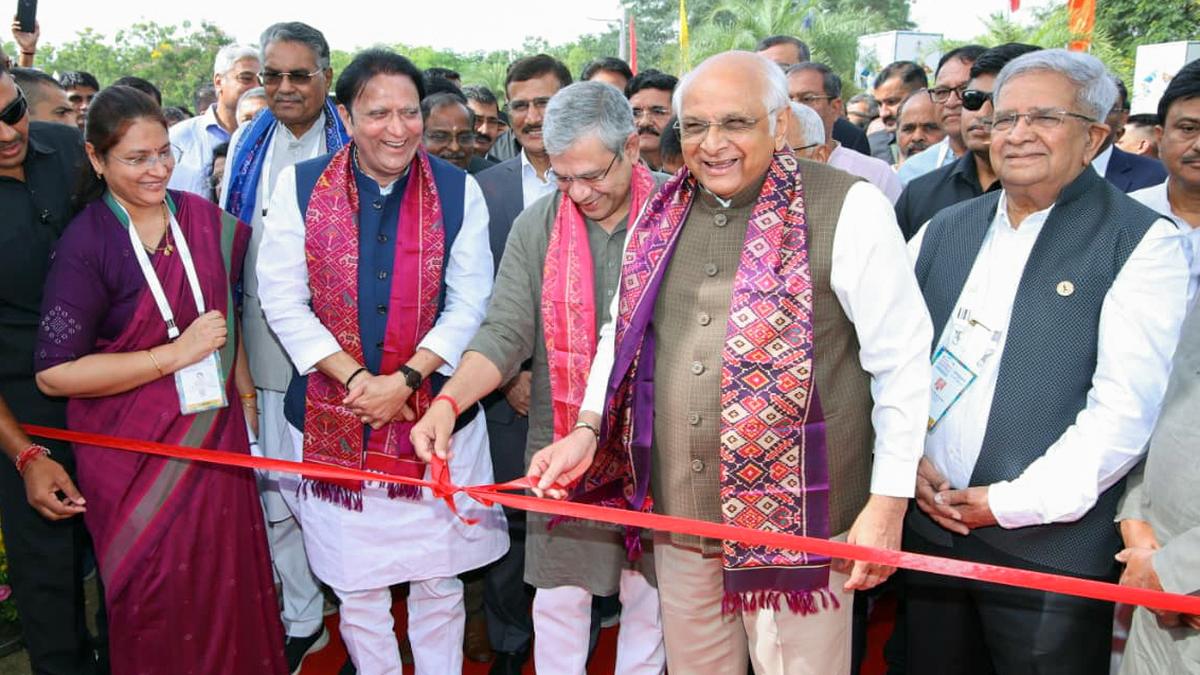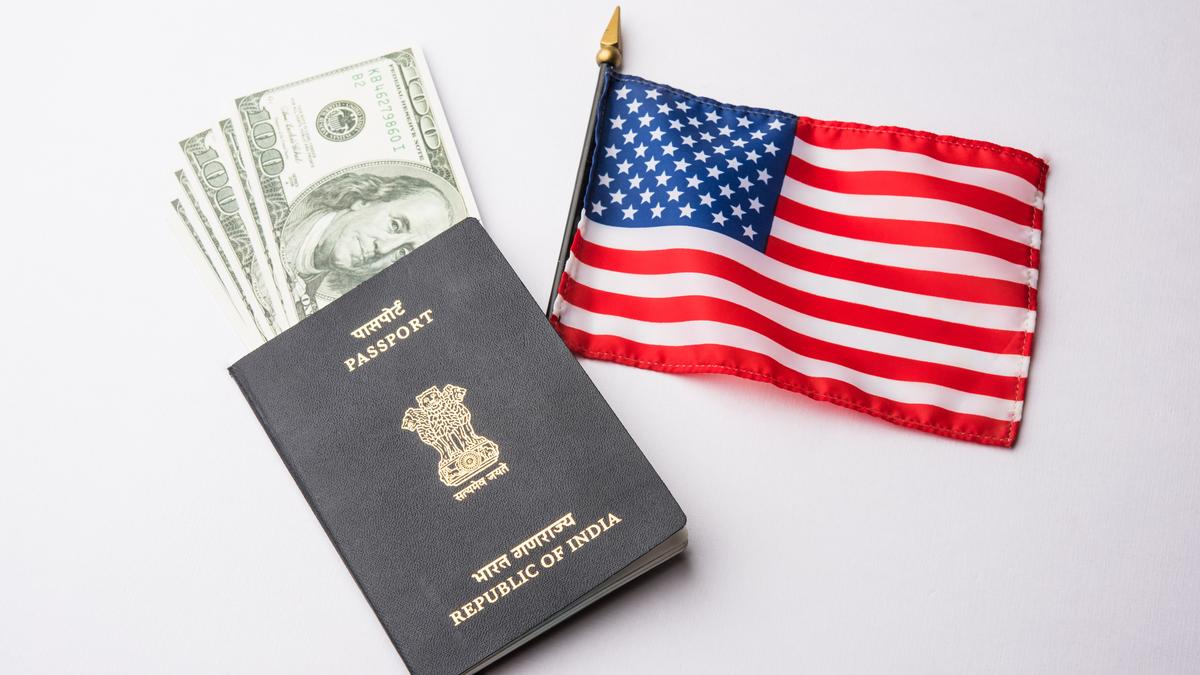Gujarat Chief Minister Bhupendra Patel unveiled the Regional Economic Master Plan for Gujarat’s six economic regions at the inaugural Vibrant Gujarat Regional Conference held in Mehsana. The plan, a key milestone toward “Viksit Gujarat, Viksit Bharat,” aims to boost regional development and expand the State’s economy through substantial public and private investments.
Speaking on the occasion, Mr. Patel said that the initiative “is a roadmap to achieve the goal of balanced regional development across all 33 districts and to expand Gujarat’s economy from its current size of $280 billion (FY 2023) to over $3.5 trillion.” The six regional plans encompass North Gujarat, Kutch, Central Gujarat, Saurashtra, Coastal Saurashtra, and Surat, each recognised for its economic potential and strategic importance.
Union Minister for Railways, Information and Broadcasting, Electronics and IT, Ashwini Vaishnaw was also present.
Under these plans, more than 500 projects have been identified, supported by investments exceeding ₹15 lakh crore (over US $200 billion). These projects are designed to strengthen the state’s industrial, service, tourism, and rural ecosystems. The Chief Minister added that “through Gujarat’s regional economic development, the aim is to realise the vision of ‘Viksit Gujarat, Viksit Bharat.’”
A key component of the master plan is the creation of Regional Skilling Centres and Centres of Excellence to equip the youth with future-ready capabilities. These centres will focus on green skills, blue economy, logistics, and artificial intelligence in collaboration with industries. The initiatives are expected to generate approximately 28 million employment opportunities across the state.
The State’s approach stressed the development of high-value, technology-oriented sectors. In advanced manufacturing, areas such as electric vehicles, battery storage, marine chemicals, biofuels, industrial ceramics, and biologics will be promoted. In services, Gujarat aims to increase the sector’s share to 51 percent of the state economy by 2047, fostering growth segments such as Global Capability Centres, logistics, product design, and financial services.
The tourism sector will see the development of medical value travel, heritage, eco, cruise, and wellness tourism, while the blue economy will be advanced through port logistics, shipbuilding, fish processing, and maritime innovation along Gujarat’s 2,240 km coastline. The rural economy will focus on agro-processing, dairy, and agritech, supported by renewable energy, circular economy projects, and green manufacturing.
Infrastructure development forms another cornerstone of the master plan. Over the next 22 years, projects will include coastal railways, high-speed interstate rail corridors, sea-link constructions, and airport expansions. The state government also plans to expand cargo terminals and cold chain infrastructure to enhance logistics efficiency.
Chief Minister Patel highlighted the role of the Gujarat State Institution of Transformation (GRIT), inaugurated in July 2025, describing it as “a think tank driving region-specific economic growth using data-driven policy decisions and scientific methods.” GRIT will support policy development aligned with the national vision of “Viksit Bharat @2047.”
As part of the Vibrant Gujarat Regional Conference’s first day, Chief Minister Shri Bhupendra Patel held a one-to-one meeting with ONO Keiichi, Ambassador of Japan. The discussions focused on strengthening bilateral cooperation in semiconductor manufacturing, renewable energy, advanced technologies, and human resource development. The Chief Minister stated, “Japan has been a partner in the Vibrant Gujarat Summit since its inception, and its participation in this Regional Conference has further reinforced the bridge of bilateral relations.”
The Ambassador of Japan expressed appreciation for the support extended to Japanese industries in Gujarat. He noted Japan’s collaboration through the Japan International Cooperation Agency (JICA) in launching training programs under the Gujarat Semiconductor Mission. “These programs will ensure the availability of a skilled workforce for Gujarat’s semiconductor sector,” he said.
The Chief Minister added that Japanese companies “are drawn to Gujarat by the semiconductor ecosystem” and confirmed the state’s commitment to facilitate industrial expansion by streamlining land allocation procedures. He also informed that “hospitals, schools, logistics infrastructure, and power projects in Dholera will be completed by June 2026,” enhancing facilities for industries in the region.
Published – October 10, 2025 04:50 am IST

